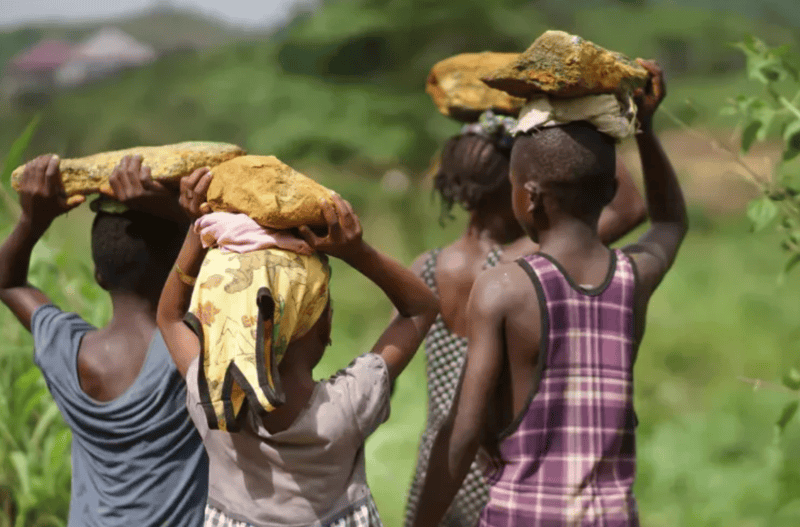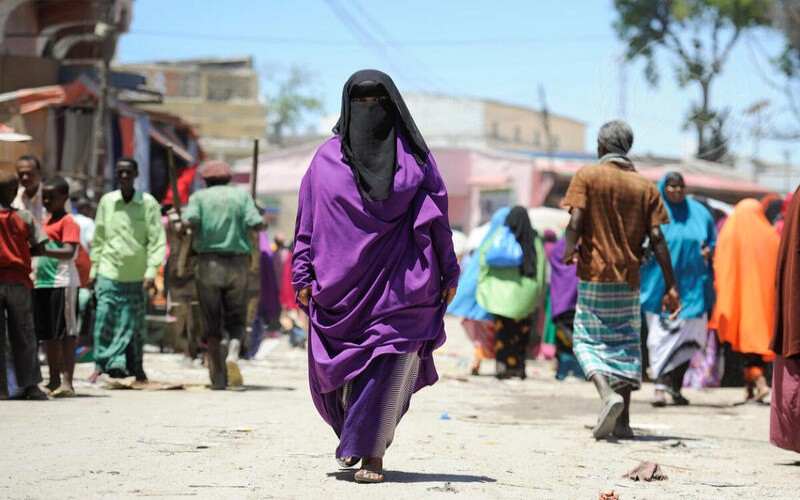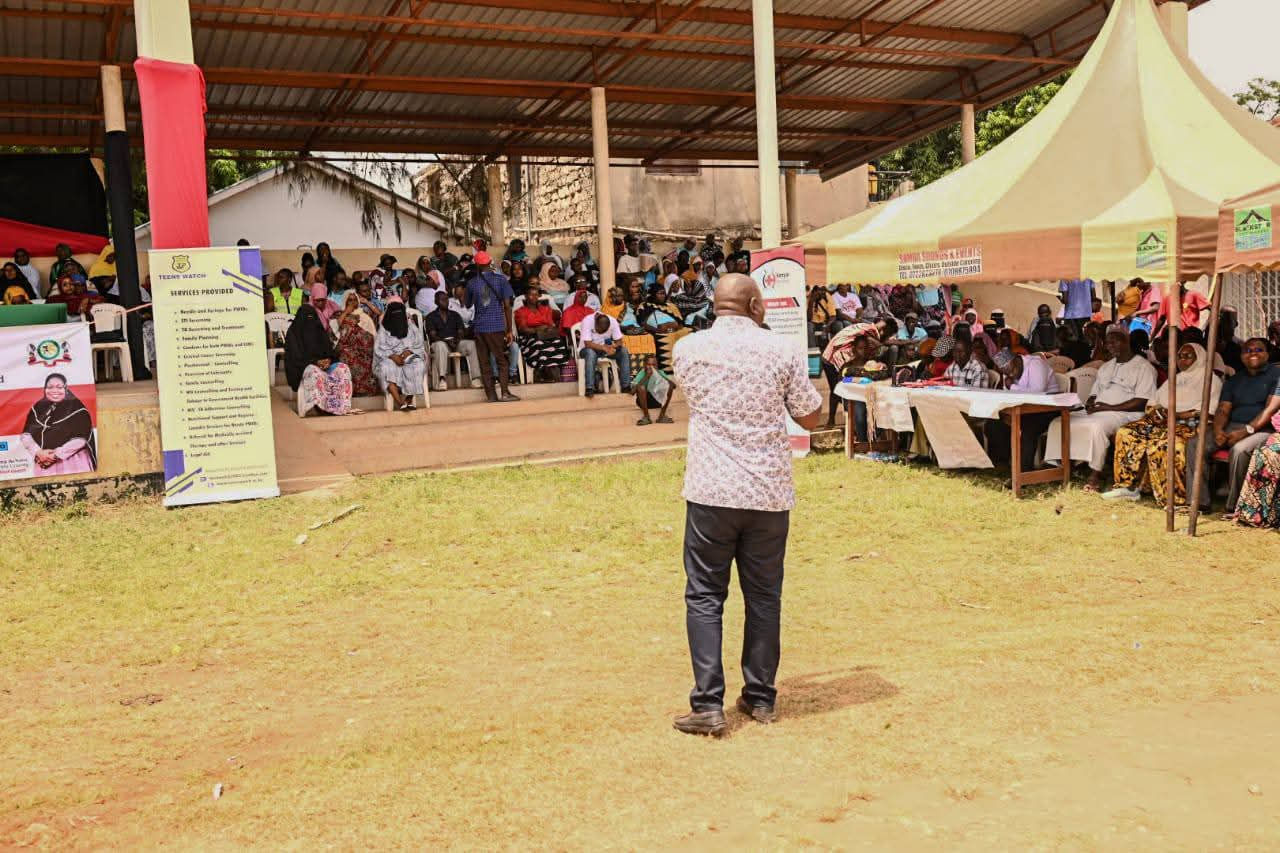UN Report: 54 million children still trapped in forced labour in 2024

It reveals that although the number of children in child labour has fallen by over 20 million since 2020, the global goal of eliminating it by 2025 will not be met.
The world is far from ending child labour, with nearly 138 million children still working in 2024, 54 million of them in dangerous conditions, according to a report released by the International Labour Organisation and UNICEF.
The joint report, “Child Labour: Global estimates 2024, trends and the road forward,” was published ahead of the World Day Against Child Labour and the International Day of Play.
More To Read
- Over 600 million children exposed to violence at home, UNICEF warns
- Kenya battles Nigeria, South Africa to keep IMO seat as Africa’s voice in global shipping
- Gaza: Two children killed every day during fragile ceasefire, says UNICEF
- UNICEF warns over 400 million children live in extreme poverty as progress stalls
- Gaza: Displaced Palestinians dealing with the ‘death of dignity’, warns UNICEF
- Two-thirds of South Sudan’s children trapped in exploitative labour, new report reveals
It reveals that although the number of children in child labour has fallen by over 20 million since 2020, the global goal of eliminating it by 2025 will not be met.
“The findings of our report offer hope and show that progress is possible,” said ILO Director-General Gilbert F. Houngbo.
“Children belong in school, not in labour. Parents must themselves be supported and have access to decent work so that they can afford to ensure that their children are in classrooms and not selling things in markets or on family farms to help support their family. But we must not be blindsided by the fact that we still have a long way to go before we achieve our goal of eliminating child labour.”
Agriculture continues to dominate as the top sector, employing 61 per cent of child labourers. Services such as domestic work and street vending account for 27 per cent, while 13 per cent are in industry, including mining and manufacturing.
“The world has made significant progress in reducing the number of children forced into labour. Yet far too many children continue to toil in mines, factories or fields, often doing hazardous work to survive,” said UNICEF Executive Director, Catherine Russell.
“We know that progress towards ending child labour is possible by applying legal safeguards, expanded social protection, investment in free, quality education, and better access to decent work for adults.
Global funding cuts threaten to roll back hard-earned gains. We must recommit to ensuring that children are in classrooms and playgrounds, not at work,” she added.
The report outlines regional trends showing that Asia and the Pacific achieved a drop in child labour prevalence from 6 per cent to 3 per cent, reducing affected children from 49 million to 28 million.
In Latin America and the Caribbean, the prevalence held steady, but the total number of child labourers dropped from 8 million to about 7 million.
Sub-Saharan Africa remains the hardest hit, home to 87 million children in labour, around two-thirds of the global total.
The rate fell slightly from 24 per cent to 22 per cent, but the absolute number has stayed the same due to population growth, widespread poverty, and weak support systems.
The report also highlights the role of poverty and poor access to education in driving child labour. Many families are forced to send their children to work, keeping generations trapped in hardship. While boys are more commonly found in child labour, the gap flips when household chores over 21 hours per week are included, with girls affected more.
The agencies warn that recent gains could be lost if funding for education, child protection, and livelihoods continues to fall. A slowdown in data collection could further delay action.
Global child labour has dropped from 246 million in 2000 to 138 million in 2024. But the current rate of progress is too slow to reach zero by 2025, and would need to be 11 times faster to meet the goal in the next five years.
Top Stories Today












































